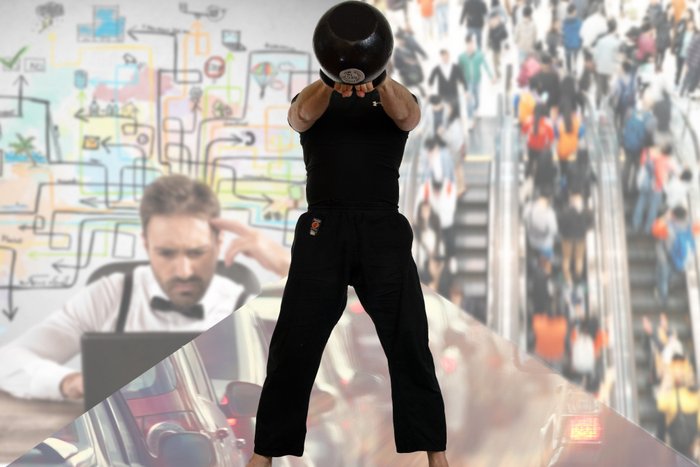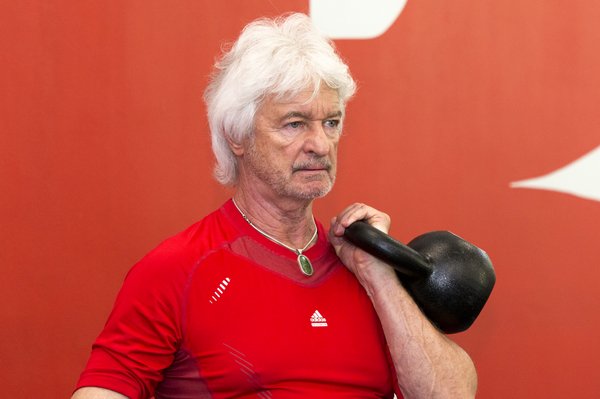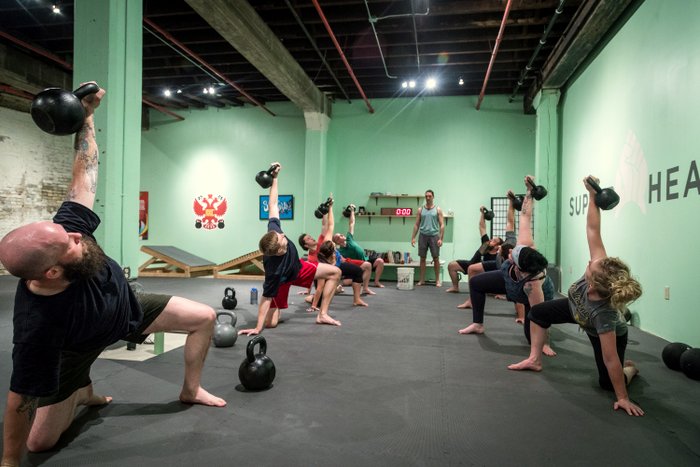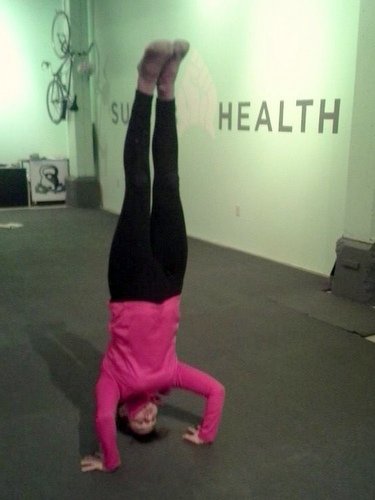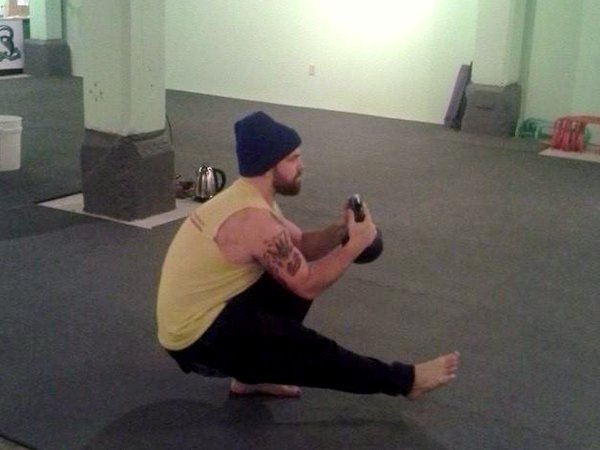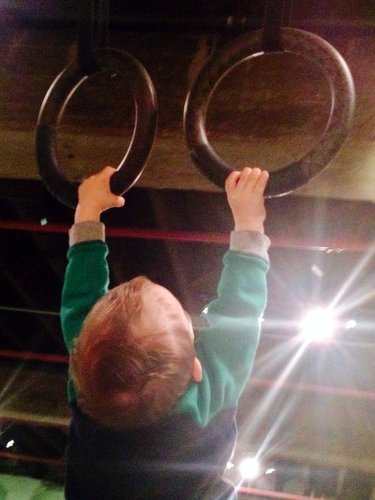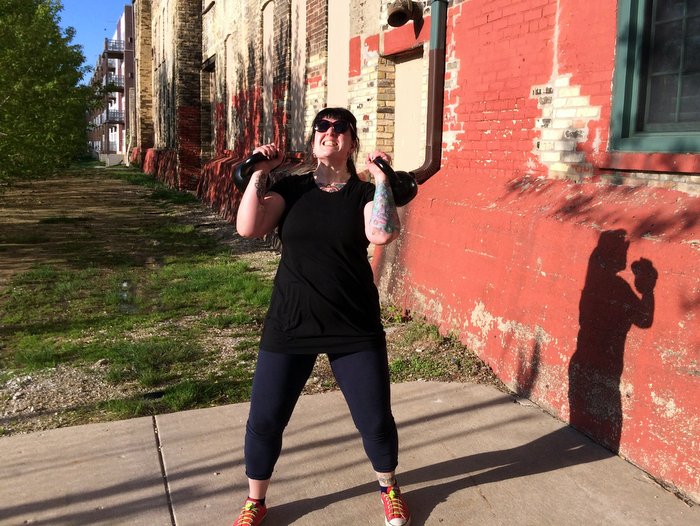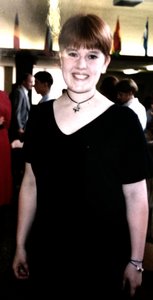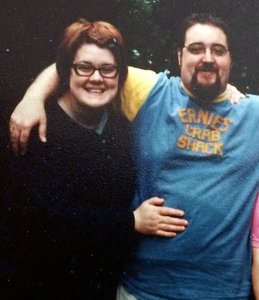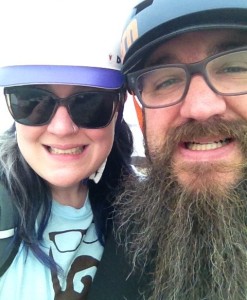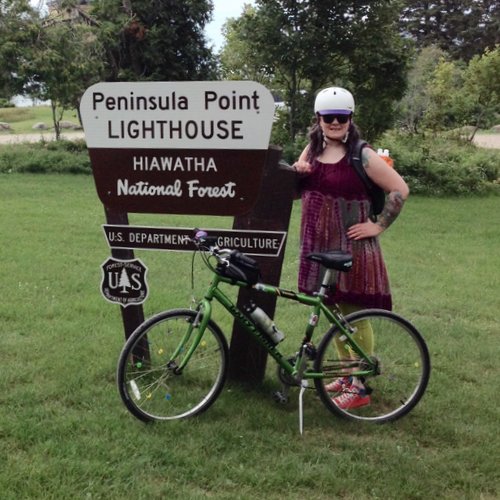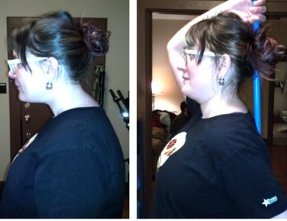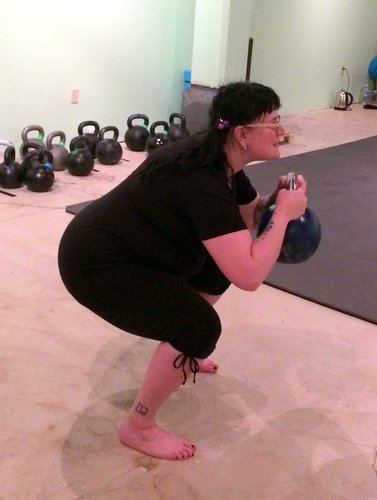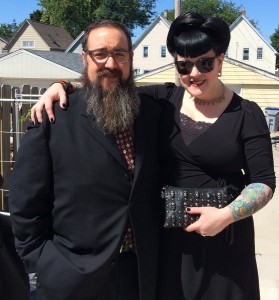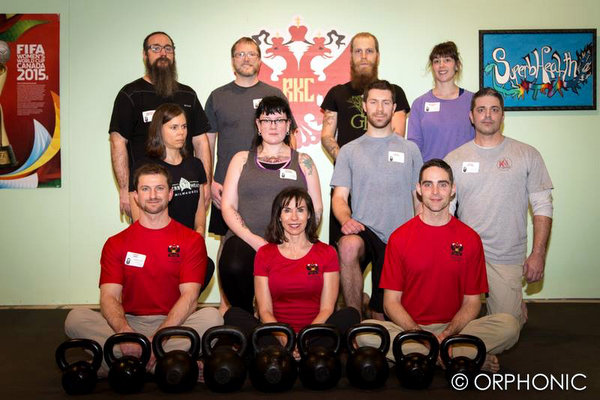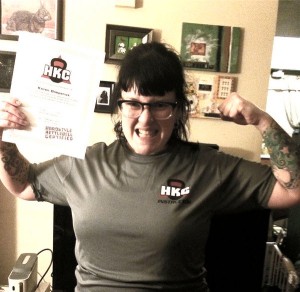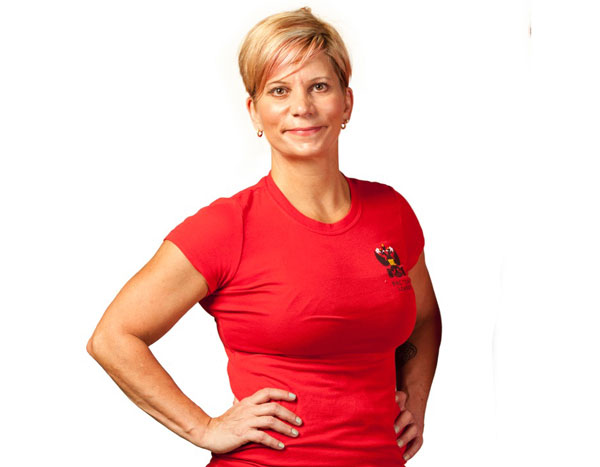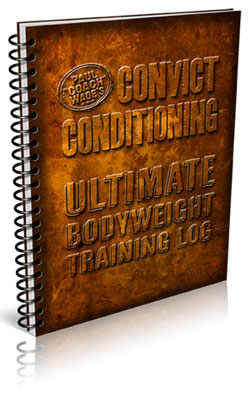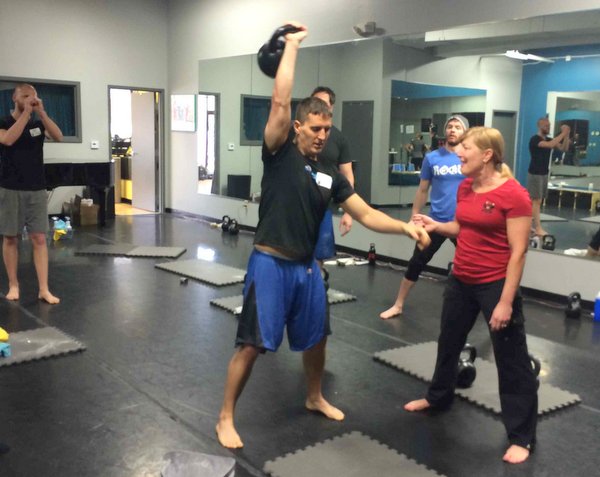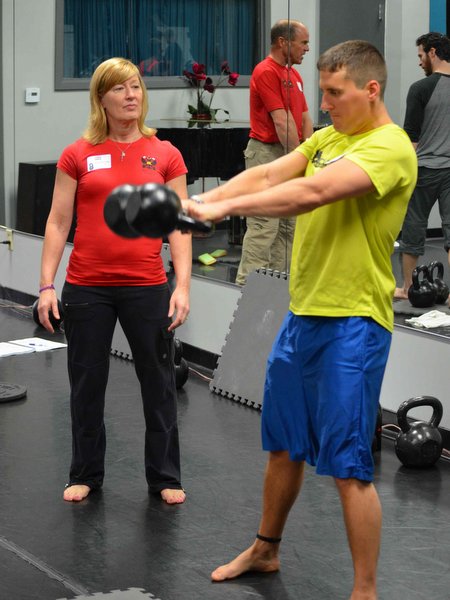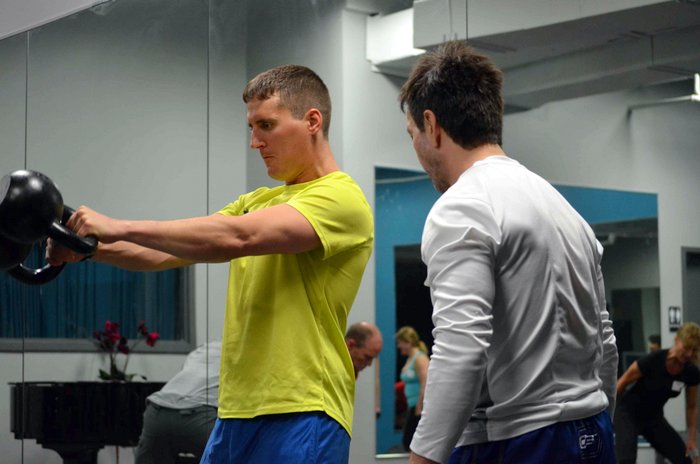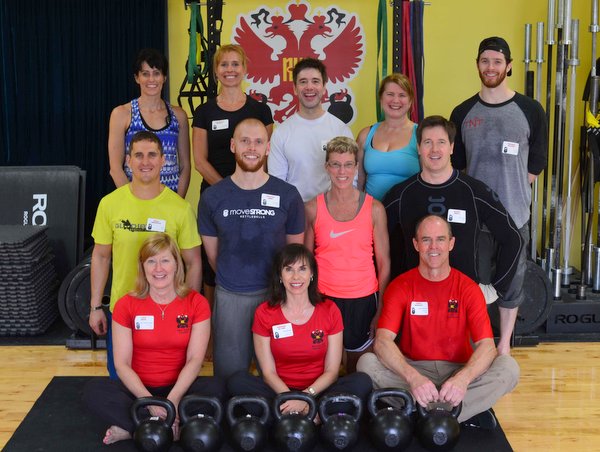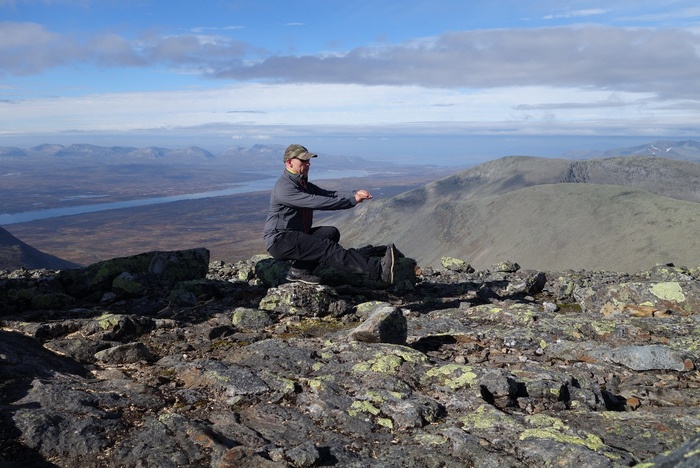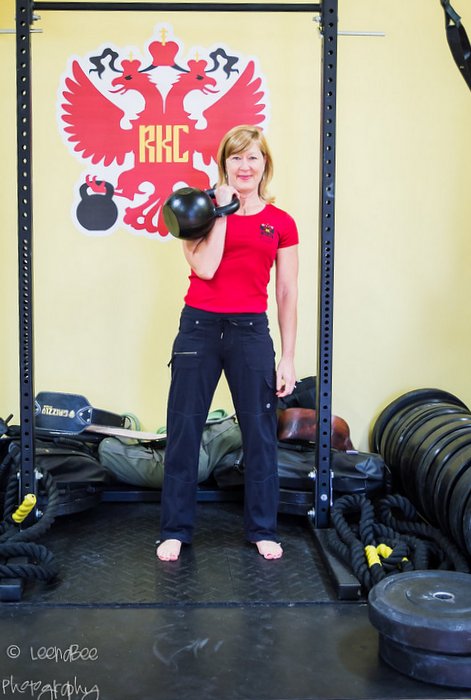
This is the time of year when people adopt new healthy habits.
Gym owners and fitness professionals see an increase in inquiries, and we make an effort to differentiate ourselves from others.
In reflecting on this, and thinking about those of us who teach the RKC System of Strength, I believe it boils down to this: we are on a mission to help you…
Discover the greatness that lies within you.
Your greatness is already there. No matter where you are on your fitness journey.
It’s our job, as coaches, trainers, teachers—whatever you want to call us—to help you manifest this greatness in your training because this greatness carries into everyday life in many ways. Here are some examples:
- Learning to bend and move using your hips to protect the lumbar spine.
- Keeping tension out of your neck as you move and lift.
- Engaging the strong back and abdominal muscles to ease the load on your shoulders.
- Lifting, carrying and putting down heavy objects safely and efficiently.
- Moving with ease in positions like the squat and lunge, before loading up with weight.
- Understanding good posture and how to maintain it in your daily activities.
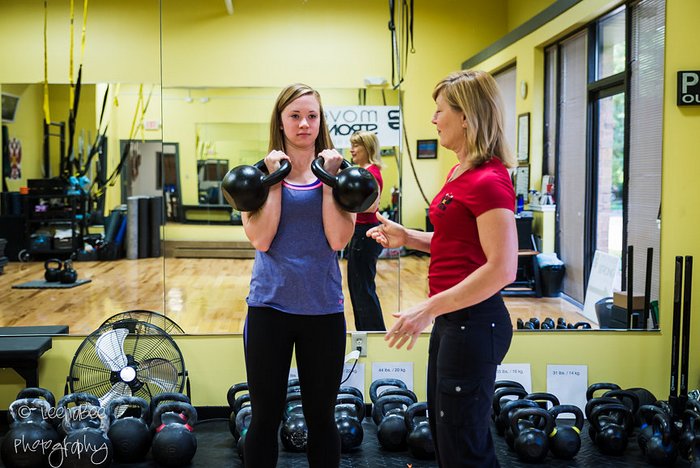
We coaches are challenged to create meaningful opportunities for you to learn, excel and reach past what you thought was physically possible. Here are some examples:
- Guiding you from the hip hinge to the kettlebell deadlift, to the swing, to the snatch.
- Challenging you to set up and finish every movement with the same mindfulness and attention to technique.
- Helping you learn to listen to your body and understand the difference in feeling fresh, safely challenged, or fatigued. Then we teach you how to applying this to your daily training.
- Regressing and progressing your training so that you look at your fitness journey in terms of months and years, rather than days and weeks.
- Teaching you about mobility and recovery. And making it as high a priority as strength and conditioning.
Every time you train it’s a time to discover something new about you.
We who are coaches, trainers, teachers see it every day. We see smart training transform peoples’ lives. They soon have more enthusiasm, confidence, freedom, and joy in their bodies—in addition to the physical results. We see this as greatness and we want this for you.
Greatness has many faces. It’s showing up. It’s learning to move in new ways. It’s lifting heavy, heavier, heaviest. It’s a finding new grace and ease in your body. It’s listening, feeling, understanding. It’s getting up and down off the floor. It’s going faster and farther. It’s moving slower and more methodically. It’s trying something you feared.
Acknowledge improvement and celebrate this as greatness every time you train.
For the seemingly ordinary experience of moving and lifting, learning and practicing, training and recovering, whether alone or with others, touches not only the physical, but also the mental and emotional side deep inside us. This keeps us coming back for more.
For many of us, the most profound moments of discovery occur when we find a weakness, address it, then seek to rise up and defeat it.
Discovery takes courage. Discovery takes mental focus. Discovery takes patience.
We know that some physical skills take years to achieve, let alone perfect. Some physical skills might not be achievable because our bodies are different than they once were. How we respond to this can speed up or slow down the discovery process.
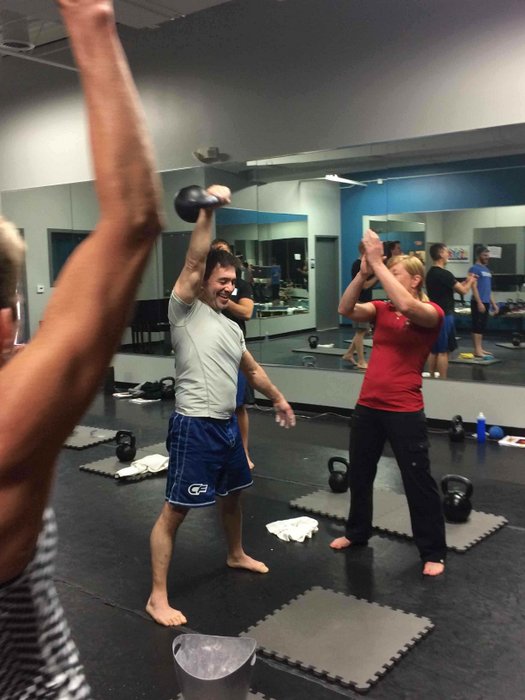
We have imperfections and limitations that have stories behind them. Genetics, athletics, relationships, work, play, and life all impact how we move and feel. However, this shouldn’t stop us.
Stories mean we lived a little or maybe a lot. Some of us have been in harm’s way. Our movement and life stories might not be what we’d like them to be because things are not always within our control … but we can still make progress.
Our everyday lives, and our physical lives, intertwine and support one another.
The coach, trainer, teacher is challenged to work with you in a way that honors your past, guides you in present, and prepares you for the future so that you discover the greatness that lies within you.
****
Lori Crock is an RKC Team Leader, PCC, and FMS-II strength and movement coach who owns MoveStrong Kettlebells in Dublin, Ohio. Lori teaches small group strength classes where she is inspired by her students who see their training as vital to their productive and happy lives. You can reach Lori at lori@movestrongkbs.com, her website, and follow her on Facebook.
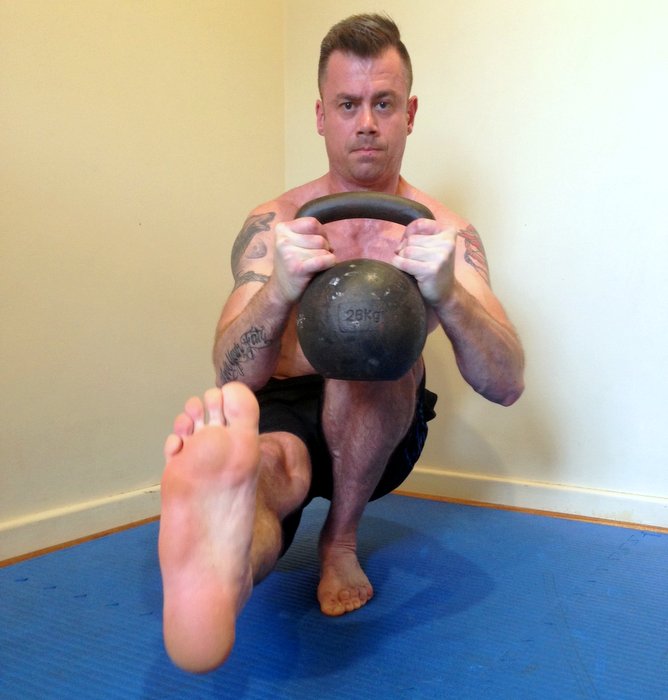
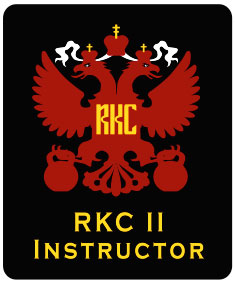
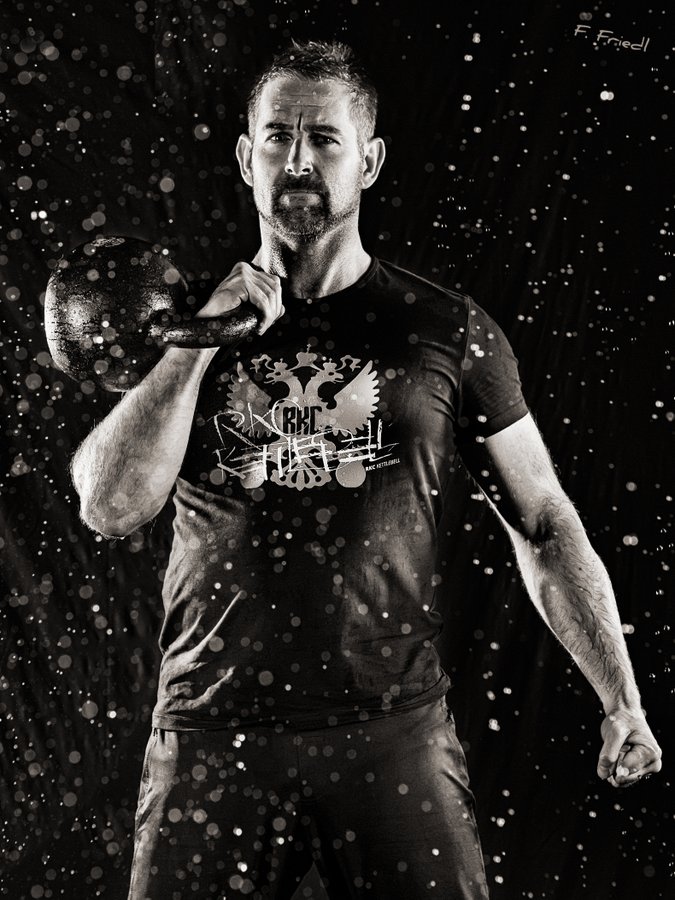

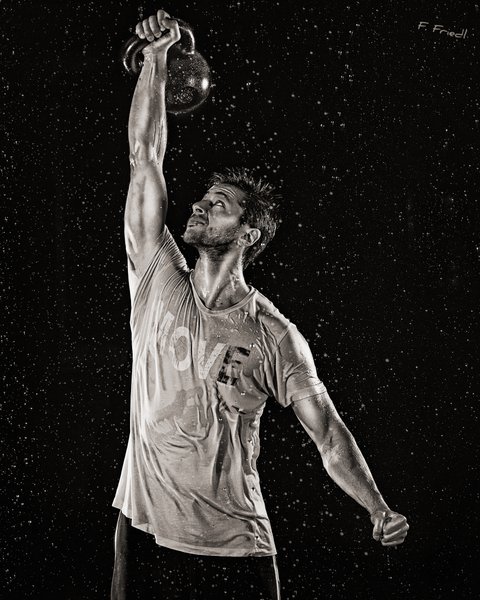

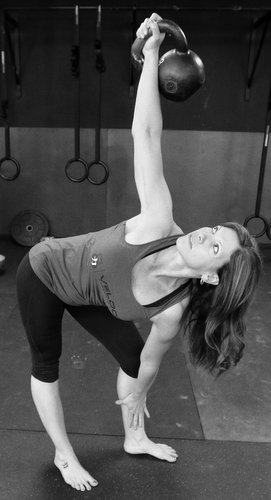 Being mindful requires an attentiveness that helps us recognize the conditions around and within us. Most people are not really “there” most of the time. Instead of being present, their minds are caught up in their worries, fears, insecurities, the past, or the future. All of this disconnect and distraction is not productive when we are training. Injuries, poor performance, or just a lousy workout are often side effects of not being fully present.
Being mindful requires an attentiveness that helps us recognize the conditions around and within us. Most people are not really “there” most of the time. Instead of being present, their minds are caught up in their worries, fears, insecurities, the past, or the future. All of this disconnect and distraction is not productive when we are training. Injuries, poor performance, or just a lousy workout are often side effects of not being fully present.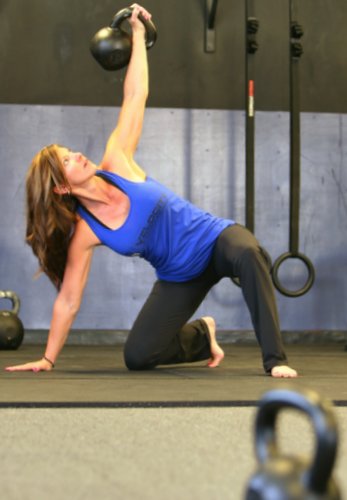 In general, I find that men have a harder time putting their ego aside and dialing back their workouts when they aren’t feeling 100%. Their tendency is often to “push through it”. This is usually when an injury occurs. On the other hand, women tend to fear trying a heavier lift—even if they’re feeling strong. In both situations, it pays to have a
In general, I find that men have a harder time putting their ego aside and dialing back their workouts when they aren’t feeling 100%. Their tendency is often to “push through it”. This is usually when an injury occurs. On the other hand, women tend to fear trying a heavier lift—even if they’re feeling strong. In both situations, it pays to have a 